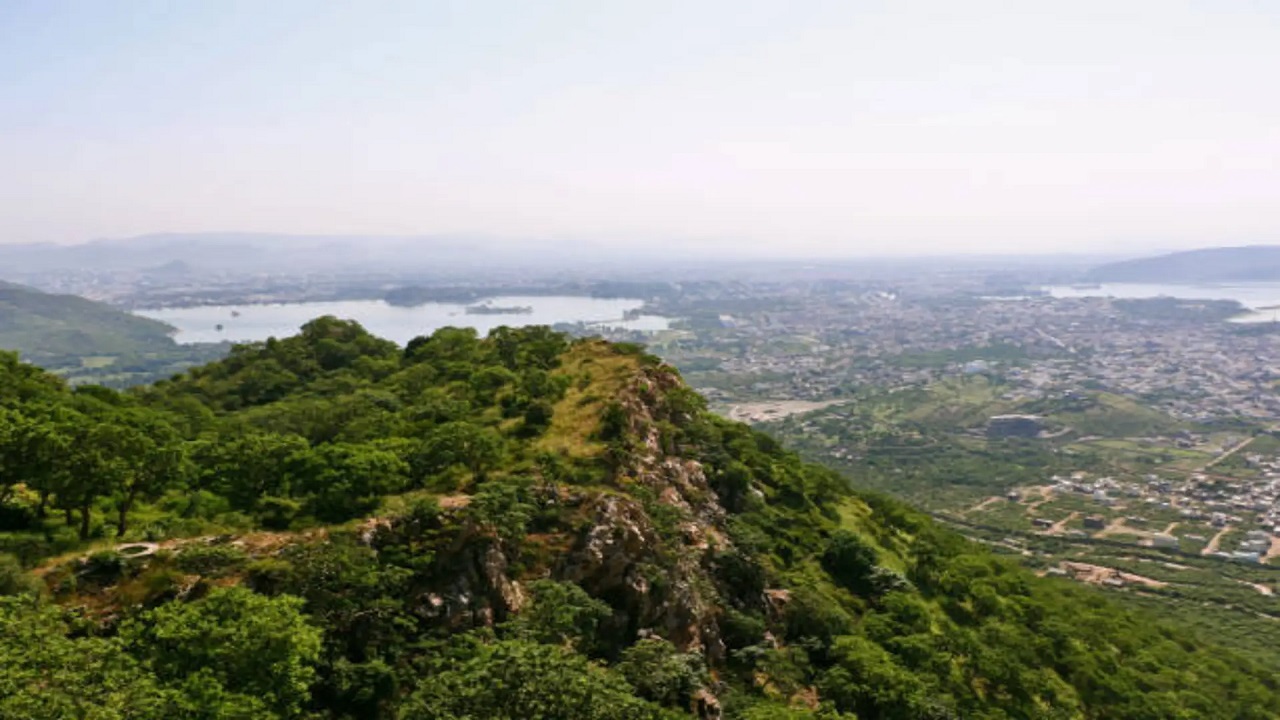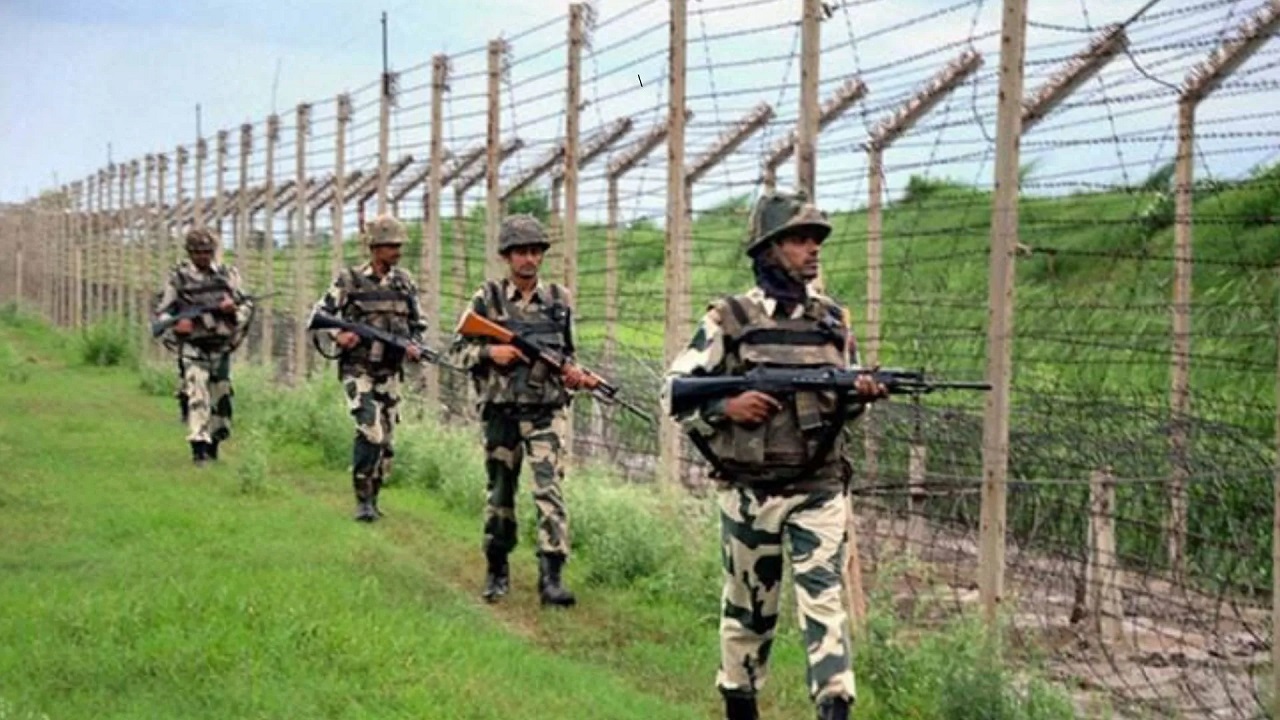Hydropower in the Himalayas: The Fragile Future of Teesta-3
Context
Dams play a crucial role in electricity generation, irrigation, and flood control. However, constructing and maintaining them in geologically unstable areas like the Himalayas comes with significant risks.
The Teesta-3 dam in Sikkim, once one of India’s largest hydroelectric projects, was destroyed by a Glacial Lake Outburst Flood (GLOF) in October 2023.
Key Facts About the Disaster
- The Teesta-3 dam, commissioned in 2017, was designed to generate 1,200 MW of electricity.
- The disaster occurred when South Lhonak Lake’s moraine (natural dam) collapsed, releasing:
- 50 billion litres of water into the valley.
- Massive debris, which worsened destruction downstream.
- Over 100 people lost their lives, while more than 80,000 people across four districts were affected.
- The flood also triggered multiple landslides between 30 to 40 km downstream.
Following this disaster, an expert committee from the Ministry of Environment, Forests, and Climate Change recommended rebuilding the dam on January 27, 2025. However, this proposal has raised concerns among environmentalists and scientists.
What Caused the Flood?
The 2023 flood was not caused by heavy rainfall but by a sudden collapse of the South Lhonak Lake’s moraine.
- The moraine suffered a slope failure, meaning rocks from the side of the lake fell into the water, creating a powerful ripple effect.
- This weakened the lake’s outlet, leading to a massive overflow of water.
- Once the water was released, it picked up debris, acting like a battering ram, destroying everything in its path.
Scientists warn that South Lhonak Lake remains unstable, meaning future GLOFs are likely.
The Link Between Global Warming and Glacial Floods
Climate change has made disasters like the Teesta-3 flood more frequent and severe.
- Rising global temperatures are accelerating the melting of Himalayan glaciers.
- Black carbon (soot) pollution, from industrial areas, settles on glaciers, reducing their ability to reflect sunlight and increasing melting rates.
- Glacial melt rates are inversely proportional to their size—as glaciers shrink, they melt faster.
Evidence of Climate Change Impact
- A 2024 report by the Central Water Commission found that between 2011 and 2024:
- The number of glacial lakes in the Himalayas increased by 10.8%.
- Their total surface area expanded by 33.7%, meaning they now hold significantly more water.
- South Lhonak Lake itself has been growing since the 1960s and reached 167 hectares in 2023.
- Glacial retreat is also destabilizing the region’s geological formations, increasing the risk of landslides and moraine collapses.
Given this background, experts believe rebuilding Teesta-3 in a high-risk zone is a serious mistake.
The Debate Over Rebuilding Teesta-3
Despite these warnings, the government plans to rebuild Teesta-3, citing its economic benefits.
Reasons Behind the Decision
According to The Hindu, the expert committee approved the reconstruction because:
- Teesta-3 was considered “successful” and “commercially viable” before its destruction.
- The dam’s power-generating equipment remained largely intact after the flood.
However, environmental activists and hydrogeologists strongly oppose this decision, raising several concerns.
Concerns Raised by Experts
-
High Earthquake and Landslide Risk
- The Himalayas are highly earthquake-prone, meaning large infrastructure projects face severe structural risks.
- The area is also prone to landslides, which could further destabilize the dam.
-
Legal and Financial Issues
- Multiple court cases (Public Interest Litigations) have challenged Teesta-3 due to:
- Its location in an environmentally fragile zone.
- Irregularities in its techno-economic clearance.
- Non-compliance with a 1996 regulation requiring Sikkim to hold 51% equity.
- Allegations of corruption in the project’s approval and execution.
- Multiple court cases (Public Interest Litigations) have challenged Teesta-3 due to:
-
Flawed Flood Risk Assessment
- The new dam design relies on rainfall-based predictions from the India Meteorological Department (IMD).
- However, the 2023 flood was not caused by heavy rain, raising doubts about the reliability of these models.
How Teesta-3 2.0 Will Be Different
The committee has proposed several modifications to the dam’s design:
- Concrete-only construction (previously, a mix of concrete and rock was used).
- A spillway three times larger, allowing better flood management.
- An early-warning system to alert nearby communities of potential flooding.
- Designed to withstand the “worst-case scenario” rainfall predicted for the next 100 years.
However, climate change is unpredictable, and relying on historical rainfall data alone is insufficient.
Climate Change as a Risk Multiplier
- If South Lhonak Lake had no water, the slope failure would not have caused a flood.
- If the moraine had not collapsed, the lake might have overflowed gradually, causing less destruction.
This highlights how climate change is making natural disasters more extreme, making it difficult to predict future risks accurately.
Scientific Assessments and Expert Opinions
A January 30, 2025, study by experts from IIT Bhubaneswar, IISc Bengaluru, the Indo-Tibetan Border Police, and the Government of Sikkim analyzed the 2023 GLOF.
Key Findings of the Study
-
Current flood models underestimate risks because they do not consider:
- Erosion and sediment transport, which make floods more destructive.
- Landslides caused by riverbank collapses, which worsen damage.
- The impact of fast-moving sediment waves, which alter water levels unpredictably.
-
Professor Raghu Murtugudde, an expert on climate change, warned:
- Climate models struggle to predict extreme rainfall accurately.
- Relying on rainfall-based predictions alone is unreliable.
Balancing Energy Demand and Climate Risks
India’s electricity demand is rising, and hydroelectric projects play an important role in energy production. However, the risks of rebuilding Teesta-3 outweigh its benefits.
- The 2023 flood demonstrated that large dams can amplify disasters instead of preventing them.
- If Teesta-3 2.0 is built, it may withstand a similar flood—but:
- A stronger or different type of disaster could cause even greater damage.
- New infrastructure introduces new risks, which may not be fully understood yet.
The Need for a People-Centric Approach
The safety of local communities should come first. This means:
- Investing in disaster relief and financial support for affected people.
- Creating a comprehensive risk assessment framework to evaluate long-term safety.
- Ensuring that all disaster mitigation costs are included in electricity pricing, rather than placing the financial burden on locals.
The Reality of Climate Change
Urban planning expert Brian Stone, Jr. wrote in 2024:
“We cannot engineer our way out of climate change; retreat is inevitable.”
This means that as climate risks continue to increase, some areas may no longer be safe for large infrastructure projects.
Conclusion
The decision to rebuild Teesta-3 should not be based solely on its commercial success. Instead, it should prioritize:
- Reducing risks to people, property, and the environment.
- Ensuring long-term safety rather than short-term economic benefits.
- Exploring alternative, climate-resilient energy solutions.
Given the growing instability of the Himalayan region, large dams may no longer be sustainable, and India must invest in safer energy alternatives.




Comments (0)